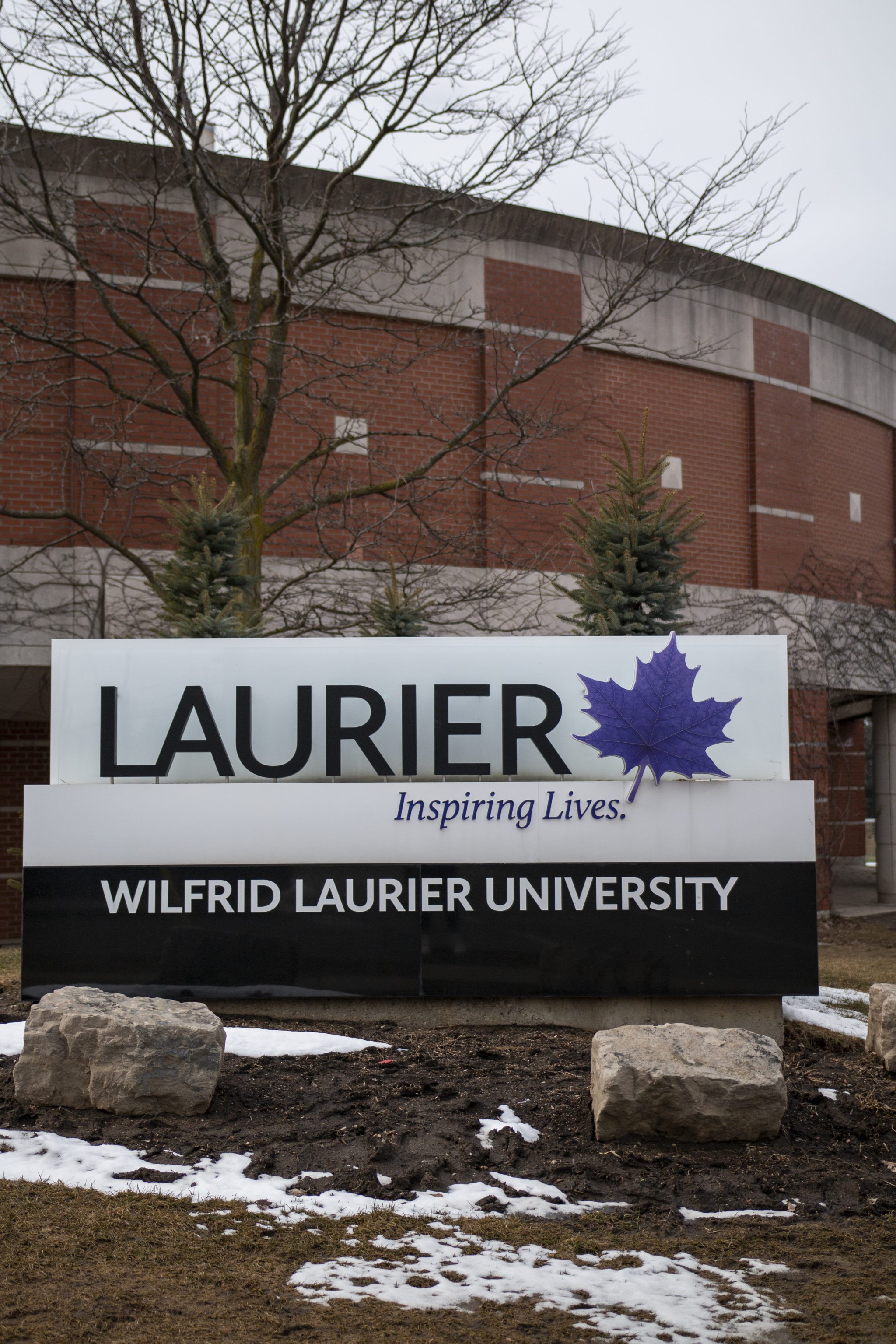Laurier professors Carrie Sanders and Manuel Riemer given $50, 000 in federal funding from Canada Foundation for Innovation

Two Laurier professors have been given federal funding from the Canada Foundation for Innovation’s John R. Evans Leaders fund, giving the individuals each over $50, 000 for their lab spaces that will increase their abilities to research each of their respective fields.
Carrie Sanders and Manuel Riemer are the two Laurier recipients of the funding, with Sanders, an associate professor in criminology, developing a crime and intelligence analysis lab, while Riemer, a community psychologist, is in the process of developing a living lab that optimizes human performance in a net-positive green building, which is currently the evolvGreen space in Waterloo.
“The funding is federal, and you have to receive approval from the university to put forth the application because it comes with having to have space, so they have to say yes they have space available to you for that and also they obviously have to support the grant itself,” said Carrie Sanders.
“My program of research for the last close to eight years has really been looking at police technology and the use of technological mediated law enforcement practices, so most recently on body cameras, but a lot of the stuff is integrating of big data, data analytics and how intelligence products are constructed through these technologies and software.”
Sanders, the director of the Centre for Research on Security Practices (CRSP) at Laurier is using the funding to develop a simulated crime and intelligence analysis lab as real-life labs are difficult to perform in for research as there are many privacy and security concerns surrounding them.
The funding is federal, and you have to receive approval from the university to put forth the application because it comes with having to have space, so they have to say yes they have space available to you for that and also they obviously have to support the grant itself.
— Carrie Sanders, associate professor in criminology
“I’m hoping the lab will provide opportunities for other scholars, those who are involved with CRSP, as well as other scholars who aren’t part of the centre but need a space to use data analytics, or students who have thesis projects related to this kind of stuff, the use of the lab itself has video analysis software and cameras to observe people as well as audio recording abilities, the research lab space itself will become very valuable to all of them,” Sanders said.
As for Manuel Riemer, the director of Laurier’s Viessmann Centre for Engagement and Research in Sustainability (VERiS), funding will help an ongoing project that he has already received other sources of funding from to help employers, developers and potential buyers understand how valuable a net-positive building can be for employees as it will not decrease productivity in the space.
“In a lot of these modern buildings, including green buildings, they create a lot of spaces for people to hang out, so we wanted to understand what kind of space works really well for that, and so there are different types of spaces like a semi private booth, very open spaces or closed off meeting rooms, but they have a sensor so we know if someone is using the space or not, and have measures of temperature and light as well as acoustics so we track that and see how that correlates with how people use the space,” said Manuel Riemer.
“I got a temporary grant from the research office, with the understanding that when this funding comes in that the funding would go towards that, we half spent about half of the money already, and what else we plan to do is buying more sensors, and also something called a Lidar sensor, it scans the floor and asses where furniture is currently set up, and during the day it uses people’s MAC address to identify a device to track where people meet and study where people are and what spaces they use.”
The evolvGREEN building has many different green features such a solar paneled walls and parking roofs, bright yellow stairs to attract people to be more active rather than taking the elevator, and disposal bins with sensors that can see how efficiently people sort their garbage, all part of the research Riemer does to ensure that a workplace can be sustainable and that these green building are not a lost cause for developers.
“I look into how people are interacting and this culture of sustainability, it’s not a crazy looking space but that’s by design, as the developer really wanted to make sure that this would be an interactive space for companies who pay a lot of money, which makes it worthwhile for them to build a space like this; it still functions,” Riemer said.


